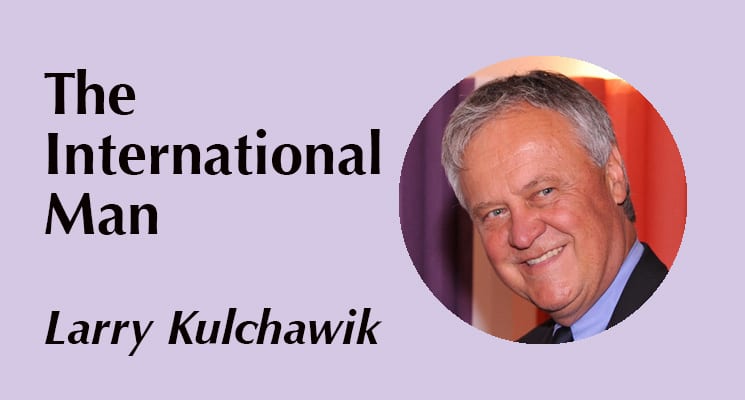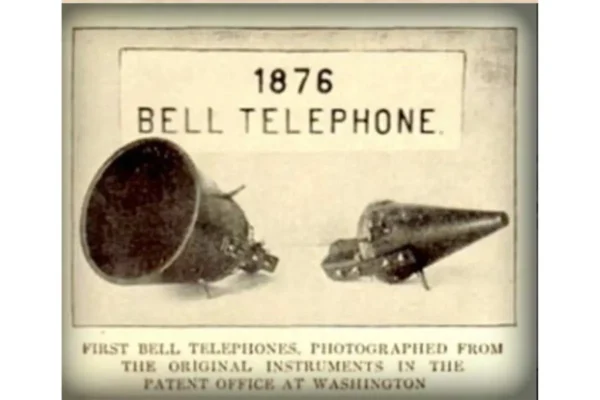Will the marketing investment for a U.S. tradeshow ever get cheaper?
by Larry Kulchawik
A recent survey study from the CEIR Pulse Poll noted that recent trade tariffs have contributed to a decline in tradeshow participation and attendance at U.S. tradeshows. I am certain that this is a new contributing factor but the reasons for a decline in participation and attendance are influenced by a multitude of other reasons as well. Here are three:
* Technology applications for selling
* Internet marketing competition
* The U.S. model for show organizing that costs
more than the rest of the world’s locations
A meetings and events survey in Exhibitor magazine in Nov. 2019 stated that exhibit/meeting budgets and participation will increase over the next three years. Perhaps the tariff issues were not a factor to consider at the time the survey was done. So for now, the outlook still looks positive regarding the belief in the power of tradeshow marketing.
Over the past 20 years I have focused on building international sales. The journey has not been easy, but much progress has been made to grow company sales globally through tradeshows. In addition, international companies look to U.S. tradeshows to increase their market share, and U.S. companies are finally looking abroad to expand sales beyond their border. With each international customer I assist for help in the U.S., the topic of drayage, union labor restrictions and show regulation differences are debated. The differences when doing a tradeshow anywhere else in the world are so different, that much time is spent explaining why. My response: “The return from participation in a U.S. tradeshow investment remains strong. We cannot change the U.S. method of organizing shows today, so cooperating will make it less painful.”
The American model of show organizing with material handling, labor requirements and show regulations will not change until the value for exhibitor participation in a U.S. tradeshow decreases to a point where the cost of participation is greater than the return. Recent trade tariffs certainly add costs and will serve to reduce the value in tradeshow investments, but they’re not the only culprit. Today, the marketing investments made by exhibitors at most U.S. tradeshows still offer a worthy return for U.S. and international exhibitors. The right people, in the right place, engaging in a face-to-face experience with quality buyer/sellers, continues to deliver a worthy ROI when executed smartly. The top buyers and sellers still attend the many well-organized U.S. industry tradeshows as long as the measurable return remains positive. A change in the U.S. tradeshow organization model will not happen until the ROI for the associations, show organizers and show contractors is threatened. If the value of U.S. tradeshow participation weakens, hopefully organizers and attendees will consider alternatives such as consolidating events or exploring the European model of organizing.
Simply put, if the value and measurable return from a U.S. tradeshow weakens then exhibitors (and show organizers) will seek other locations and/or other methods for face-to-face marketing, perhaps by taking their events abroad? Changing the method to deliver valuable content to exhibitors? Changing the ways that organizers/contractors manage the costs to deliver exhibit services?
International tradeshow organizers in Europe and Asia follow a different model. The venues help to organize and promote a show, sell the floor space directly and they provide a choice with expo service requirements. Many venues have government funding to encourage participation. Union restrictions are minimal, and paying for how much the exhibit material weighs vs. the time to handle the material, all contribute to reduce show costs. U.S. associations earn substantial revenue from the tradeshow events they organize. They select a city venue and then work with a show contractor who not only provides the logistic services at the hall but also provides hall identity signage, registration counters, hall entry archways and aisle carpeting as an added service to the association. This cost saving is huge. It reduces the cost to organize the event, allowing the association (or private organizer) to earn a nice profit, but the exhibitor pays more for on-site services.
In the end, for the exhibitors, it’s not how much it costs to participate at a show, but what is the ROI to generate measurable sales results. The associations and organizers help to bring the horses to water, but exhibitors encourage them to drink. Exhibitors rely on creative exhibit design partners to offer stand/booth solutions to create an environment to promote their brand and generate sales. The U.S. exhibit designer/suppliers have gotten pretty clever at making this happen with creative solutions, within their control, that help to drive sales. Exhibit designers cannot control tradeshow costs beyond their control such as exhibit floor space, material handling, electric, union labor, guest speakers and educational seminars. These costs are controlled by the show organizers. So, the combined costs from show organizers, travel expenses and exhibit design partners make up the total cost to invest in tradeshow marketing for each exhibitor.
So the question remains, at what point does the cost to generate a sale at a U.S. tradeshow become prohibitive? Will the American model of organizing ever change to help reduce costs for the exhibitor? Will industry associations and tradeshow organizers push for a change in the model? The power of tradeshow marketing remains high, but at what cost?
Larry Kulchawik is a past president of EDPA & IFES, the head of Larry Kulchwawik Consulting and author of Trade Shows from One Country to the Next. For more info, visit www.larrykulchawik.com
This story originally appeared in the January/February issue of Exhibit City News, p. TK. For original layout, visit https://issuu.com/exhibitcitynews/docs/exhibitcitynews_janfeb_2020























